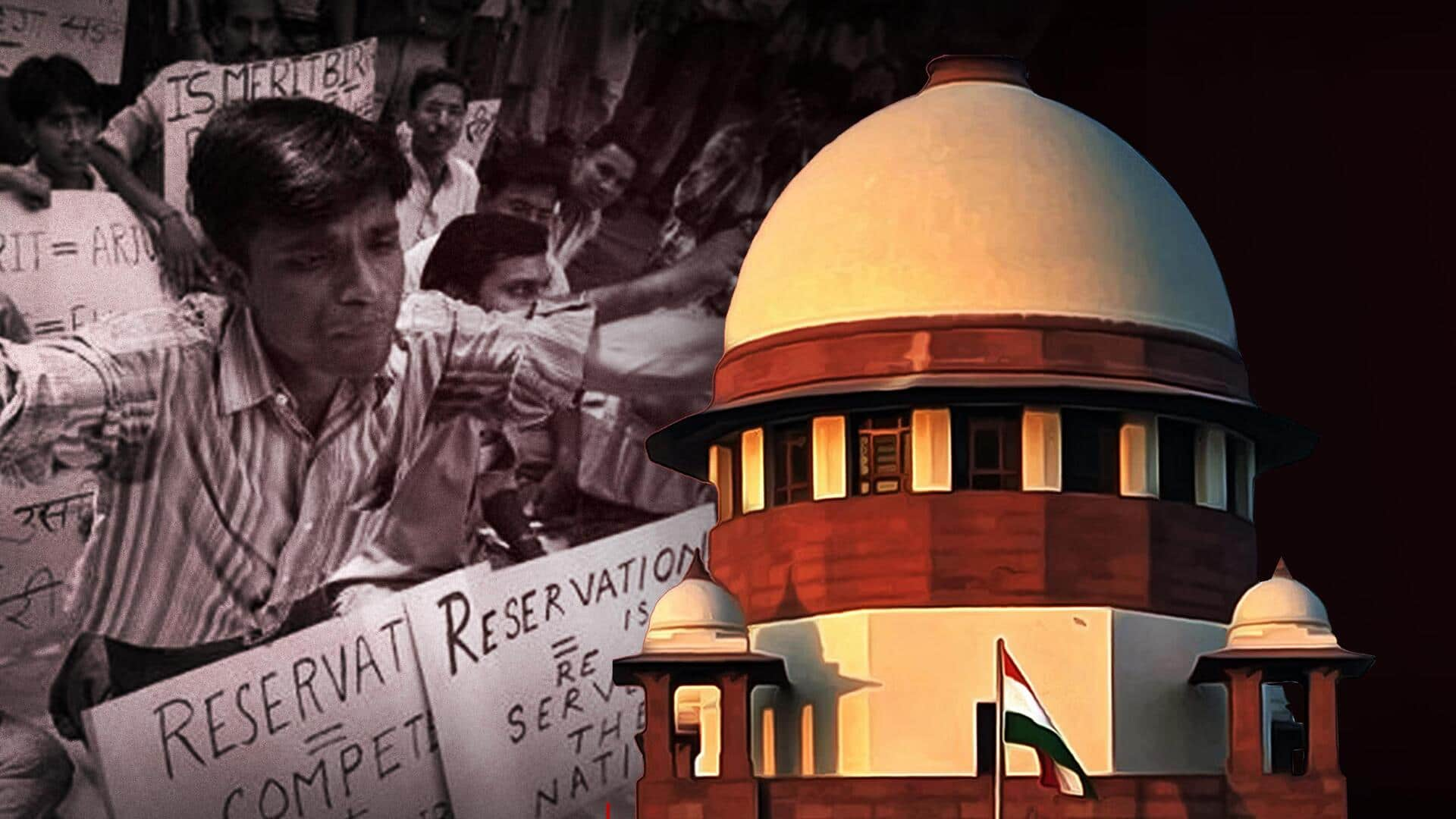Supreme Court Approves Sub-Classification within Scheduled Castes and Scheduled Tribes

Supreme Court Approves Sub-Classification within Scheduled Castes and Scheduled Tribes
In a landmark decision, the Supreme Court of India has approved the sub-classification within the Scheduled Caste (SC) and Scheduled Tribe (ST) categories, aiming to ensure that reservation benefits reach the most marginalized groups within these communities. The ruling was delivered by a seven-judge Constitution bench led by Chief Justice of India DY Chandrachud, with a majority of 6:1. Justice Bela Trivedi was the lone dissenter in the decision.
Overturning a 2004 Precedent
This judgment overturns the 2004 decision in the case of EV Chinnaiah vs State of Andhra Pradesh, which had previously been decided by a five-judge bench. The current bench included Justices BR Gavai, Vikram Nath, Pankaj Mithal, Manoj Misra, and Satish Chandra Mishra, in addition to Chief Justice Chandrachud.
The Court’s decision highlights a significant shift in the approach toward reservation policies in India, acknowledging the diverse and complex nature of caste-based marginalization. The Centre supported this move, arguing that sub-classification is necessary to address the varying degrees of disadvantage experienced by different sub-groups within SC and ST communities.
Distinction Between Sub-Classification and Sub-Categorisation
The judgment draws a clear distinction between “sub-classification” and “sub-categorisation.” The former, now permitted, allows for a nuanced approach to reservation policies, addressing intra-community disparities more effectively. Chief Justice Chandrachud emphasized the need for such measures, citing empirical evidence showing that SCs and STs are not homogeneous groups and face different levels of systemic discrimination.
Justice Gavai, in his concurring opinion, referenced Dr. BR Ambedkar’s emphasis on the necessity of social democracy to support political democracy. He highlighted the historical and ongoing disparities in hardships and backwardness among the Scheduled Castes, underscoring the need for targeted policies to address these inequalities.
Justice Trivedi’s Dissent
Justice Bela Trivedi dissented from the majority opinion, criticizing the lack of reasoning in the referral by a three-judge bench to a larger bench. She argued that this referral undermined the doctrine of precedents, which is crucial for maintaining consistency and stability in legal interpretations.
Implications and Requirements
The ruling mandates that any sub-classification must be supported by empirical data demonstrating inadequate representation among the sub-groups. This requirement ensures that reservation policies are fine-tuned to promote genuine equality among India’s backward communities.
The decision is expected to have significant implications for reservation policies across India, potentially reshaping how benefits are allocated within the SC and ST categories. By acknowledging the diverse needs and challenges faced by different groups within these communities, the Supreme Court aims to foster a more equitable distribution of resources and opportunities.
Reactions and Future Prospects
The ruling has been met with mixed reactions. Supporters argue that it is a progressive step toward addressing historical injustices and ensuring that the most marginalized benefit from affirmative action policies. Critics, however, express concerns about the potential complexity and contentiousness of implementing sub-classification, fearing it could lead to further fragmentation and disputes within communities.